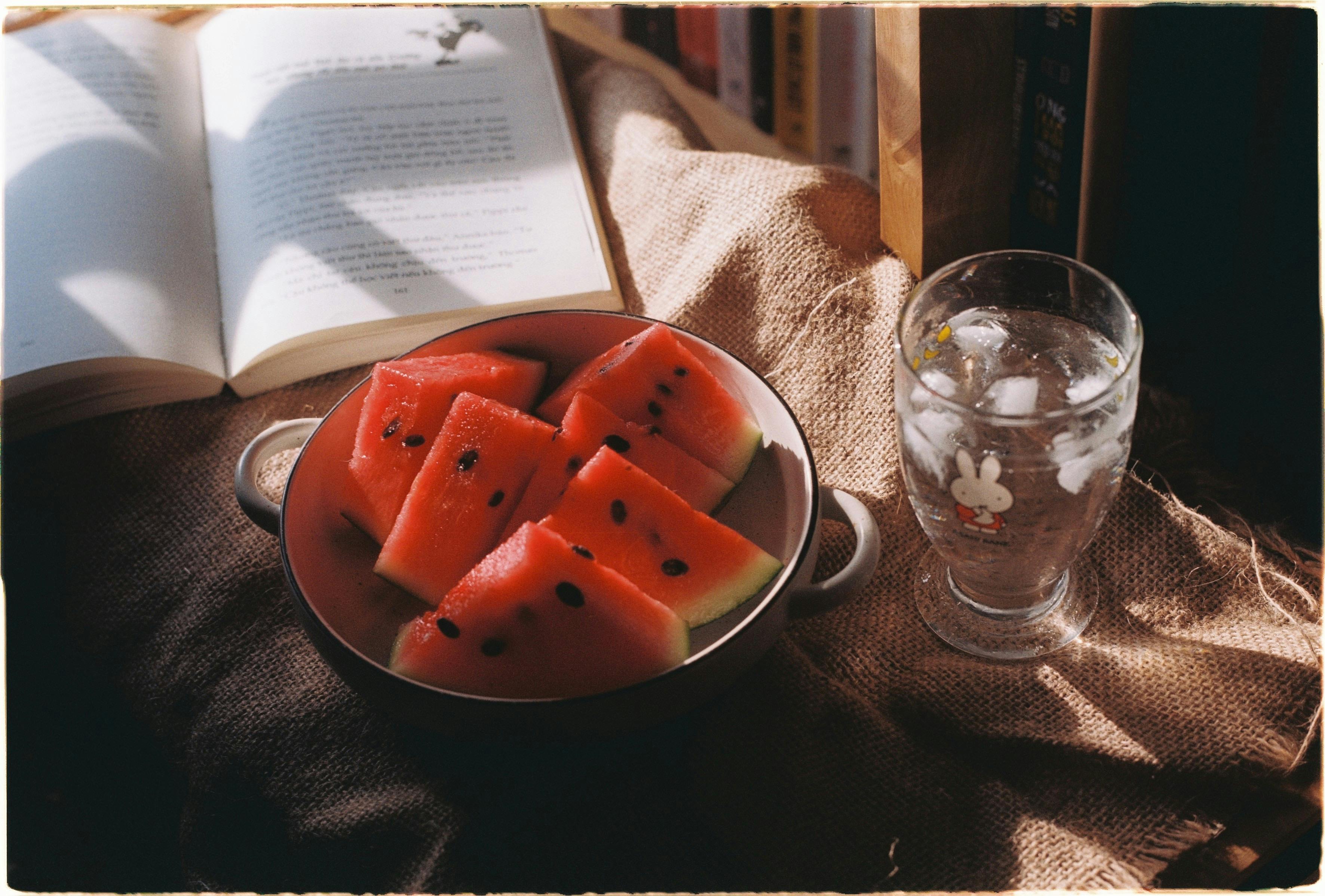Gardenias are an attractive and fragrant flowering shrub, but they require some special care, including regular watering. How often you should water your gardenia depends on a few factors, such as the size of the plant, the type of soil it is planted in, and the current weather conditions. In this article, we will look at how to determine how much water your gardenia needs and when to provide it.Gardenias should be watered when the soil feels dry to the touch, usually no more than once a week. The amount of water can vary depending on weather conditions and the size of the pot. Generally speaking, you should water your gardenia until water flows from the drainage holes at the bottom of your pot.
Gardenia Watering Requirements
Gardenias are beautiful, fragrant flowering plants that bring a special elegance to any garden. To keep your gardenia plants healthy and blooming, you must provide them with the proper amount of water. Proper watering of gardenias is essential to ensure they thrive and produce the beautiful blooms that make them so desirable.
Gardenias need moist soil, but not soggy or wet soil. Water your gardenia plants deeply and thoroughly when the top inch or two of soil is dry to the touch. Gardenias typically require about 1 inch of water per week during the growing season. If rainfall is scarce during a particular season, supplement with additional watering. In hot climates, more frequent watering may be needed to prevent wilting.
Water your gardenia plants in the morning so they have all day to absorb moisture before cooler evening temperatures set in. Avoid wetting foliage when you water, as this can encourage fungal diseases such as powdery mildew and botrytis blight. Instead, focus on saturating the ground around the base of your gardenia plant where its roots are located.
For best results, check soil moisture levels every few days and water when needed based on those readings rather than using a set schedule for all your plants. Over-watering can be just as detrimental as under-watering, so it’s important to establish a regular routine for checking moisture levels and adjusting your watering habits accordingly.
How Much Water Does A Gardenia Need?
Gardenias are a popular flowering shrub that can add beauty to any garden. While they are relatively easy to care for, they do require proper watering to ensure they remain healthy and vibrant. Knowing how much water a gardenia needs can help ensure it stays healthy and blooms each year.
The amount of water a gardenia needs depends on a variety of factors, including the climate, soil type, and the size of the plant. In general, gardenias require at least an inch of water per week during the growing season. During periods of extreme heat or drought, gardenias may need additional water to keep them hydrated.
It is important to note that overwatering can be just as damaging as underwatering when it comes to gardenias. During periods of heavy rainfall or when temperatures are cool enough for the soil to remain moist for long periods of time, gardenias may not need additional water beyond what nature provides.
When watering gardenias, it is best to provide a deep soak rather than frequent light sprinkles. This will help encourage roots to grow deep into the soil in search of moisture, making the plant more resilient during times of drought or extreme temperatures. Water should be applied directly to the soil and not onto the leaves or flowers as this can lead to diseases or pests.
Overall, providing your gardenia with an inch of water per week during its growing season should keep it healthy and happy. If you live in an area with hot summers or prolonged periods of drought, you may need to provide additional water in order to ensure your gardenia survives and thrives in its new home.
Watering Gardenias
Watering your gardenias correctly is essential to their health and growth. Gardenias are a subtropical plant, and they need consistent moisture in order to thrive. Over-watering can lead to root rot, while under-watering can cause the plants to become dry and stressed. Here are some tips for watering gardenias correctly:
Check the Soil Moisture
Before you water your gardenia plants, it’s important to check the soil moisture. Stick your finger into the soil up to the second knuckle; if it feels dry then it’s time to water. If the soil is moist, wait until it dries out before adding more water.
Choose the Right Water
Gardenias prefer soft water that is low in salts, such as rainwater or distilled water. Avoid using hard tap water with high salt levels as this can damage your plants.
Water at the Right Time
The best time to water your gardenia plants is in the morning or early evening when temperatures are cooler and evaporation rates are lower. Avoid watering during midday when temperatures are higher or during cold weather as this can shock or damage your plants.
Appropriate Amount of Water
Your gardenia plants should be watered deeply but not too often; aim for about an inch of water per week (or 1 – 2 gallons per plant). Adjust your watering schedule according to weather conditions; if it’s hotter or drier than normal you may need to add a bit more water.
Mulch
Adding a layer of mulch around your gardenia plants will help retain moisture and reduce evaporation from the soil surface. Aim for a 2-4 inch layer of mulch such as pine bark or shredded leaves; this will also help keep weeds at bay.
Following these tips will help ensure that your gardenia plants get the right amount of moisture they need for optimal growth and health.
Signs Of Over-Watering In Gardenias
Gardenias are beautiful and fragrant flowers that are prized for their white blooms, but they can be sensitive to too much water. Over-watering gardenias can cause the flowers to wilt, turn yellow, and eventually die. Here are some signs of over-watering in gardenias that should be watched for to avoid damage to the plants:
The most obvious sign of over-watering is wilting leaves and flowers. As the soil becomes saturated with too much water, it begins to suffocate the plant’s roots. This causes the plant’s leaves and flowers to droop and wilt. If left unchecked, this wilting can cause the plant’s leaves and flowers to become yellowed or even browned.
Another sign of over-watering is yellow or brown splotches on leaves. When the roots cannot access enough oxygen due to excessive water, they fail to transport nutrients properly throughout the plant. This causes a lack of chlorophyll in some areas which leads to yellow or brown splotches on the foliage.
Root rot is also a sign of over-watering in gardenias. Root rot happens when fungi take hold due to excessive moisture in the soil. This causes discoloration and softening of the root system which can eventually lead to plant death if not addressed quickly.
Finally, stunted growth is a sign of over-watering in gardenias. When overwatered, gardenias are unable to access enough nutrients from the soil as they are unable to reach down deep enough into it due to saturation with too much water. This prevents them from getting enough nutrients which stunts their growth.

The Best Time To Water Gardenias
Watering gardenias correctly is essential to ensure they thrive and flower beautifully. The best time to water gardenias is early in the morning, or late in the evening. This way, the water has a greater chance of reaching the roots and there is less evaporation due to the cooler temperatures. It’s important not to overwater gardenias, as too much water can cause root rot and other problems. Gardenias should be watered deeply but infrequently, so that their soil stays moist but not saturated. During hot summer months, they may need more frequent watering. Always check the soil before watering – if it’s moist, then your gardenia doesn’t need any more water yet.
When it comes to fertilizing gardenias, there are some things you should keep in mind. Fertilize your gardenia with an acidic fertilizer specifically formulated for acid-loving plants like gardenias once every four weeks during spring and summer growing seasons. Pay attention to your plant’s needs – if it shows signs of yellow leaves or nutrient deficiencies, you may need to increase or decrease fertilizer applications accordingly. Be sure not to over-fertilize your plant as this can cause leaf burn and other issues.
The Benefits Of Properly Watering Gardenias
Watering your gardenias is essential for their health and growth. Gardenias need plenty of water to keep their leaves and flowers looking vibrant and healthy. Proper watering of gardenias not only helps them grow, but also encourages them to produce more blooms. Here are some of the benefits of properly watering gardenias:
1. Improved Soil Quality – When you water your gardenias, it helps to keep the soil moist and improves its quality. This helps promote healthy root growth and better nutrient absorption. The moisture also helps to keep weeds under control.
2. Increased Growth – When you water your gardenia plants regularly, they will grow faster and stronger. This ensures that they will produce more flowers throughout the season.
3. Healthier Leaves and Flowers – Proper watering also helps to keep the leaves and flowers of your gardenia plants healthy. The moisture will help to prevent them from wilting or becoming discolored due to lack of water.
4. Prevent Pest Damage – Regularly applying water to your gardenias can help prevent pests from invading your plants. Pests are attracted to dried-out soil, so by keeping the soil moist, you can help reduce the risk of pest damage.
5. Increased Blooms – When you water your gardenia plants regularly, it encourages them to produce more blooms throughout the season. This makes for a beautiful display in your yard or garden area!
By properly watering your gardenia plants, you can enjoy all these benefits and ensure that they remain healthy and vibrant throughout the season!
Overwatering
One of the most common mistakes when watering gardenias is overwatering. Gardenias prefer to stay consistently moist and not overly wet, so it is important to be careful not to leave them standing in water. Too much water can cause root rot, which can be detrimental to the health of the plant. Water your gardenias when the soil is dry to the touch, and avoid wetting the foliage of your gardenias while watering.
Underwatering
On the other hand, underwatering can also be a problem for gardenias. Gardenias require consistent moisture in order to thrive, so it is important to make sure that they are getting enough water. If you are noticing that your gardenia’s leaves are starting to yellow or droop, then it may be a sign that it needs more water. Give your gardenia a good soaking and adjust your watering schedule accordingly.
Overfertilizing
Another mistake that people often make with their gardenias is overfertilizing. Gardenias need a balanced fertilizer in order to stay healthy and grow properly. Too much fertilizer can cause an overload of nutrients, which can lead to poor growth and even death of your plant. Be sure to follow the instructions on the fertilizer packaging when applying it to your gardenia plants.
Inconsistent Watering Schedule
Finally, having an inconsistent watering schedule can cause problems for your gardenia plants as well. Gardenias need consistent moisture in order for them to thrive, so it is important to stick with a regular watering schedule in order for them to remain healthy. If you find yourself forgetting to water your plants regularly, try setting reminders or timers on your phone or computer so that you don’t miss any scheduled waterings.

Conclusion
Gardenias are surprisingly resilient plants and do not require a lot of water to thrive. However, they do need a consistent amount of moisture to keep them healthy and blooming. As a general rule of thumb, water your gardenia once or twice a week, and make sure the soil is moist but not soggy. During hot summer months, you may need to increase the frequency and amount of water to help keep your gardenia looking its best. If in doubt, use your finger to check the soil moisture level before watering your plant.
Overall, with proper care and maintenance, gardenias can make for very rewarding houseplants that will thrive in any home. With regular watering, you can ensure that your gardenia plants will look their best for years to come.

